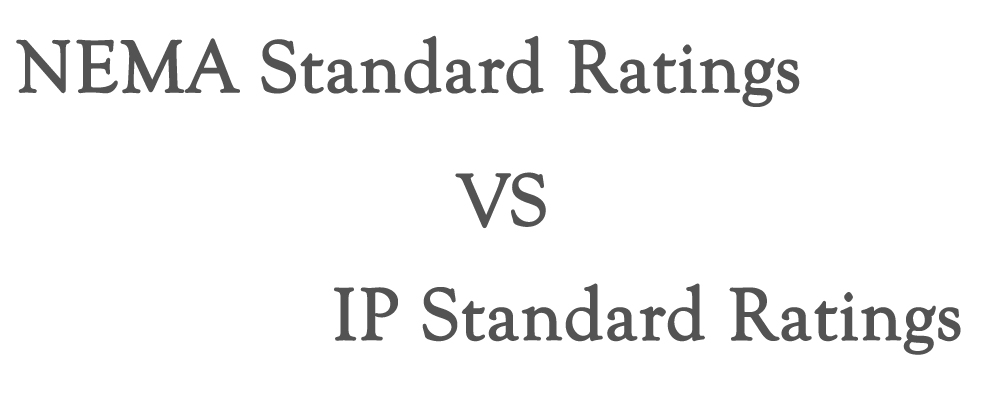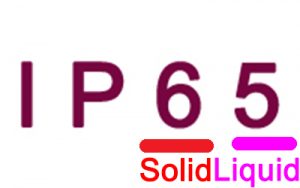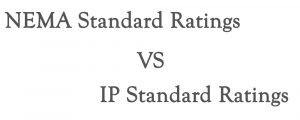
NEMA Ratings vs IP Ratings: Which one is better?
NEMA and IP Ratings Explained
Electrical enclosures are rated and differentiated according to their quality and efficiency to withstand and protect electronic equipment from harsh environmental elements such as ice formation – this also includes ingress of water & dust. The National Electrical Manufacturers Association in the United States has established NEMA ratings to help the manufacturers and companies that use electronic enclosures to classify the degree of protective enclosures can have. Likewise, Europe has established the IP ratings which stands for Ingress Protection developed by the International Electrotechnical Commission (IEC.)
Like NEMA ratings, IP ratings also give classification on what type of protection electrical enclosures are designed for. The IP rating format is followed by a number and in some occasions, a letter. The first numeral indicates the level of protection from solid intrusion or ingress, and the second number indicates the level of protection from liquid ingress. The level of protection can be determined by the value of the number – the higher the number is, the greater the level of protection it can give. For example, an enclosure with an IP rating of 10 has a lower level of protection compared to IP54.
Comparing NEMA & IP Ratings
Both NEMA and IP ratings classify protection provided by electrical enclosures from solid & water ingress. Unlike IP ratings, NEMA also gives classification for other protective qualities of enclosures such as corrosion and it also specifies how the enclosure is made. One can say that NEMA ratings can be translated into an IP rating, but IP rating cannot be always translated to a NEMA rating because it will not have the same equivalence. It is important to note that when comparing the two ratings, you can only get an approximate level of protection. The responsibility of specifying the use of electronic enclosures should be shouldered by the user because there is no one standard enclosure for different types of application.



